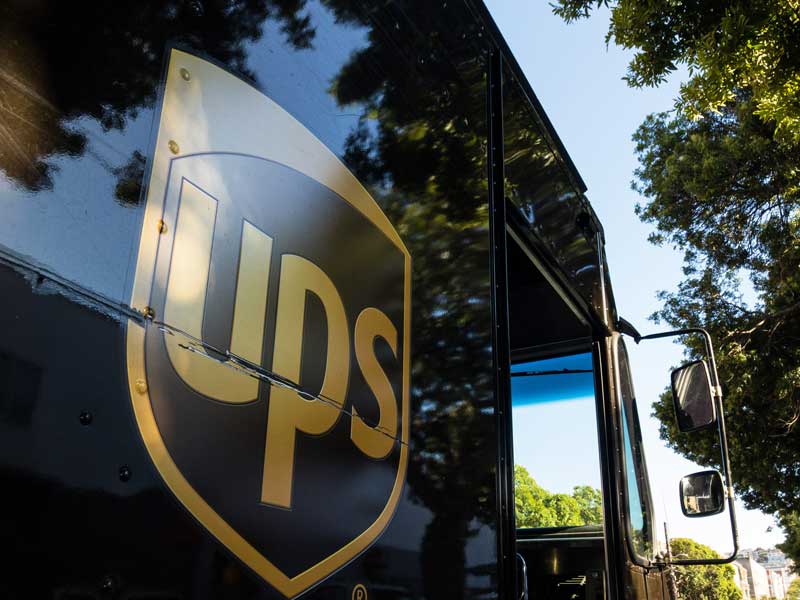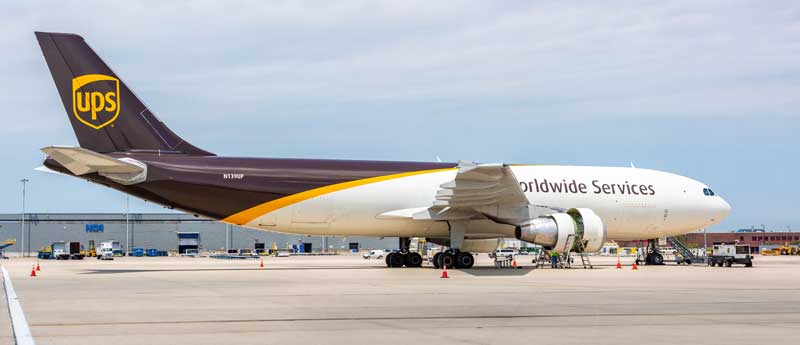Choosing a location for a shipping hub is complicated enough for small-time logistics companies. It’s even more so for a global player like UPS, which, in October of 2018, opened the doors of its new, 1.2 million-square-foot sorting and distribution center in Atlanta, Georgia.
This has been lauded as one of the boldest expansion moves in the company’s history, and there are some very compelling reasons why UPS chose Atlanta as the location for its new center.
Capital Steel Industries keeps a finger on the pulse of commercial construction, as much of it makes use of the strongest, most durable, and longest-lasting of all materials: steel. In this article, we’re going to explore the manifold reasons why UPS made the strategic choice to opt for Atlanta in its ongoing effort to provide faster, more consistent shipping services to its global customer base.

QUICK FACTS ABOUT THE UPS 'SUPER HUB'
Even though this new distribution center is impressively large and well-scaled for ongoing growth, it’s not the biggest in UPS’ repertoire of parcel transport hubs. In fact, it’s the second-largest owned by UPS in the country and the fourth largest internationally.
What makes it so remarkable is its efficiency and forward-thinking use of technology. Here are some quick stats on the center:
-
- The site area covers more than 320 acres of land.
- At full capacity, the Super Hub can accommodate nearly 1,000 tractor-trailers at one time.
- All of the conveyor systems in the center add up to more than 18 miles in length.
- Overall, the Super Hub touts an efficiency rating that is 30-35% higher than traditional, manual facilities.
<li”>The capital investment required to construct the new center came in at a whopping $400 million.
During the planning phase of this project, UPS had a difficult decision to make. They needed to select a location for their new Super Hub—one that was geographically central while also being accessible to international freight lines.
Some candidate locations they considered were Nashville, Tennessee; Birmingham, Alabama; and Jacksonville, Florida.
Atlanta won, in the end. But why?
THE PERFECT 'HUB' FOR 'HUB-AND-SPOKE' DISTRIBUTION ARCHITECTURE
Because UPS needs to quickly and efficiently distribute millions of packages to virtually every corner of the country (and the world), they need a means of smoothly streamlining parcel delivery flow.
The best way to do this is by making use of a ‘hub-and-spoke’ distribution architecture. And, it works exactly as you might expect: there’s a central hub that receives bulk shipments from senders both domestic and international, and then, according to the destination codes embedded into each parcel label, the packages are sent downstream through the most efficient ‘spoke’, each of which is connected to the hub via roadways or flight paths.

Atlanta is home to the world’s busiest airport, Hartsfield-Jackson Airport, an important resource for UPS as they send and receive packages via air freight around-the-clock.
Additionally, the state of Georgia is home to nine general-purpose trade zones, which is important in reducing delays, deferring duties, and eliminating tariffs.
And, UPS isn’t the only parcel delivery company that set its sights on Atlanta. FedEx has also established a presence here, with the construction of its SmartPost Hub.
When you consider all of the benefits that international shipping companies enjoy by operating a hub in Atlanta, it makes perfect sense why UPS would invest so heavily in this southern US city.
WHEN THE JOB CALLS FOR STEEL, CSI WILL BE HERE
Construction of the UPS Super Hub required the use of thousands of tons of industrial steel. This steel needed to be expertly manufactured and treated in anticipation of decades of use.
At Capital Steel Industries, we applaud UPS in their ongoing dedication to excellence in logistics. And, we’re excited to be seeing steel used as the principal material in the development of critical infrastructure that drives a business forward in a world that is constantly changing.
To learn more about how CSI can help you with a steel building project, contact us today.


